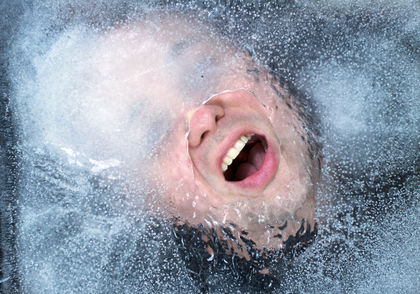
Chronic Obstructive Pulmonary Disorder (COPD) has been a disease that affects 15 million Americans today. It is the number one reason employees give their employers when they have to miss work. There is no current cure for COPD and no effective treatment to take care of the symptoms. As a result quality of life in a COPD patient is extremely diminished and once a patient has COPD, that patient dies with COPD. The patient often feels he cannot breath and unfortunately there is nothing out there that can take this feeling away. For my research, I decided to study how nursing students prepare to treat COPD patients using manikin simulation versus computer scenario. Because COPD is such a common case especially in this country and is fatal, I thought it would be interesting to observe how nursing students prepare themselves for the death and dying scenario of a patient with COPD.
The research consists of two parts. One is a group of nursing students taking part in a live manikin simulation of a patient with exacerbated COPD, and the other is a group of students who do the same simulation but on a computer. The objective is to find out which teaching method prepares the nursing student more for a COPD case. The case study is consistent for both simulation and scenario. Students are analyzing an elderly male with exacerbated COPD, alcohol abuse problem, and who lives alone. After both simulation and scenario groups have completed their assignment, I would interview them and ask questions like, “Do you feel prepared dealing with COPD cases in which the patient could die?” The feedback from the interviews will not only illustrate which teaching method is better but would analyze how well these students can be mentally prepared for emergency COPD cases. The fact that the subject of the simulation has an alcohol abuse problem and the individual lives alone tests the students to look out for another factor, suicide. Interestingly COPD patients are more likely to experience suicidal tendencies because they have an incurable disease that makes them feel like chocking. Also living alone as a COPD patient can be very frightening because an attack can occur and no one is there to help. Through analyzing the performance of nursing students in simulation and scenario tests, there capabilities in situations of death and dying can be better understood.
For more information on Manikin Simulation click Here.
For more information on COPD and Suicide click Here.

